The Cheney Discovery Center reopens May 3 at Northwest Trek Wildlife Park and will be open daily from 11am-4pm. The recently remodeled building invites guests of all ages to discover a tiny world of reptiles and amphibians like a gopher snake, northern leopard frogs, rough-skinned newts and more.
“There are new species and animals to meet and new educational puzzles and games to play,” said Education Curator Craig Standridge. “We are delighted to welcome guests back into this world of wonder to learn more about the smaller creatures of the Pacific Northwest.”
NORTHERN LEOPARD FROGS
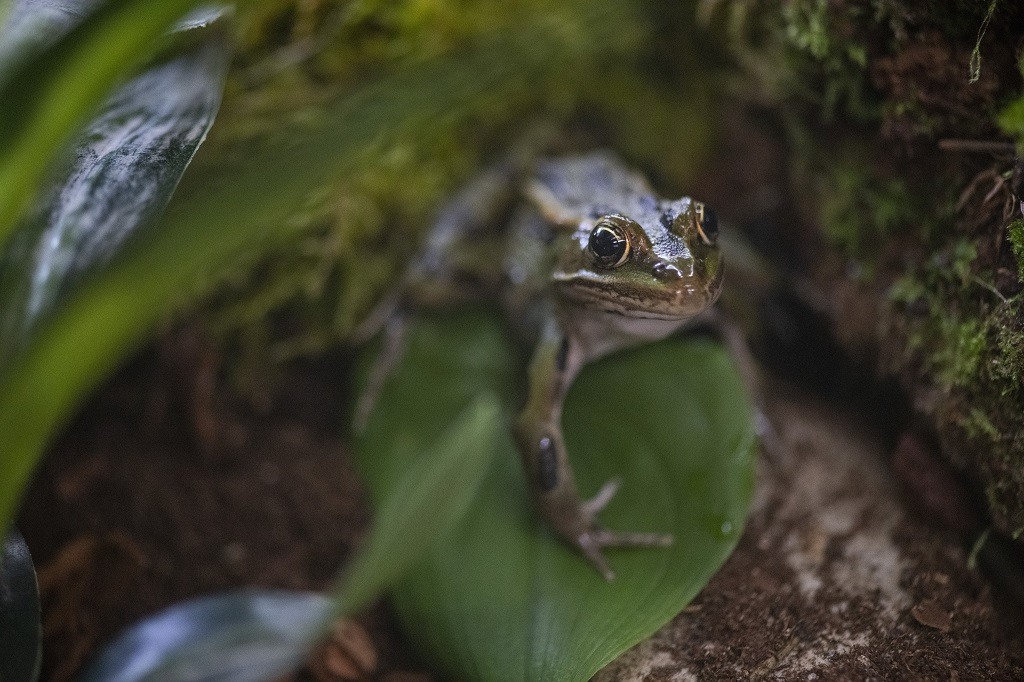
New in the Cheney Discovery Center: two northern leopard frogs named Bean and Sprout.
Northwest Trek, along with partners from the Washington Department of Fish and Wildlife, U.S. Fish and Wildlife Service, Oregon Zoo, and Washington State University, has raised and released hundreds of endangered northern leopard frogs from eggs and released them back into the wild in eastern Washington.
Once abundant throughout North America, northern leopard frogs are rapidly disappearing from their native ranges in Washington, Oregon, and western Canada. The species has been listed as endangered in Washington since 1999, and with only one known population remaining in the wild in the state, there is still a long path to recovery for the frogs.
“We’re very pleased to participate in this critical effort to save an endangered species here in Washington,” said Curator Marc Heinzman. “The new northern leopard frogs in the Cheney Discovery Center play an important role as ambassadors for their species, educating the public about their wild counterparts and what we can all do to help save them.”
PACIFIC TREE FROGS
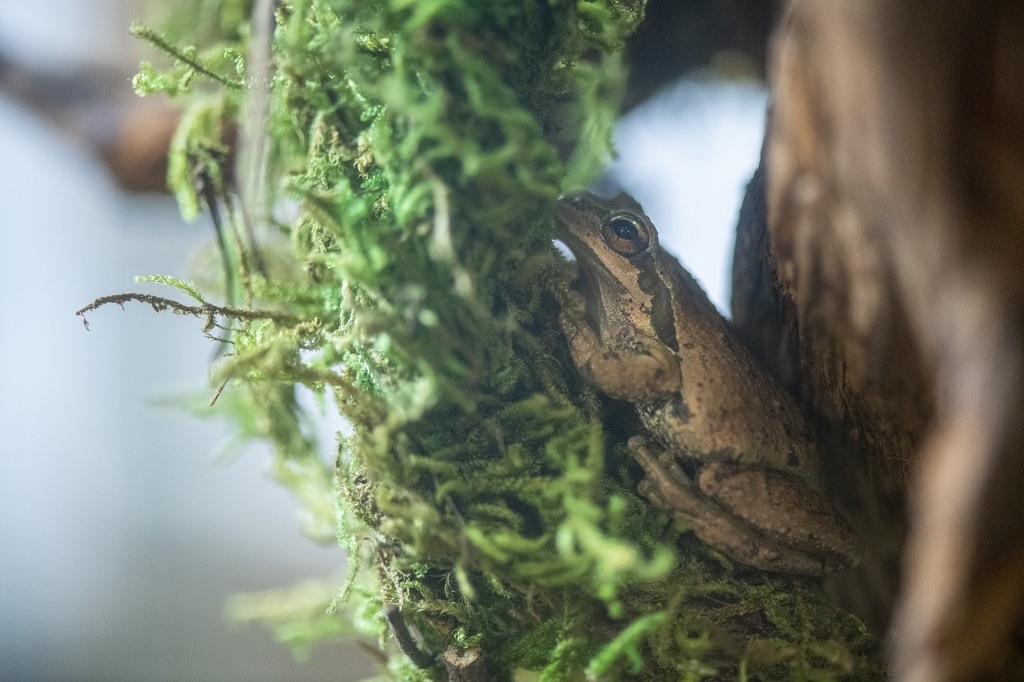
Guests will also notice two new Pacific tree frogs, Cosmic and Fugi, named after apples.
Despite its name, Pacific tree frogs live on the ground and hide in underground burrows. Their skin can quickly change color to blend in with the environment, and they have glands that secrete a waxy substance to protect their skin from drying out.
BOREAL TOADS
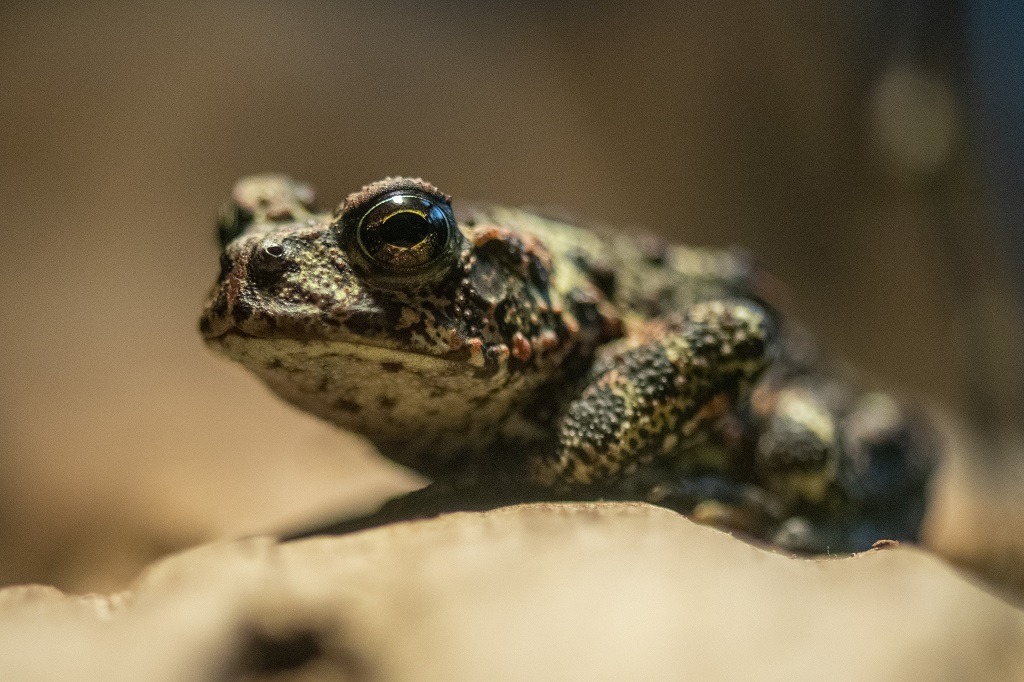
Guests will surely think Dumpling and Wonton, the new boreal toads, are toad-ally rad.
Boreal toads prefer high-altitude wet habitats such as lakes, marshes, ponds, bogs and quiet shallow water. They eat a wide variety of insect like beetles, ants, and bees.
GOPHER SNAKE
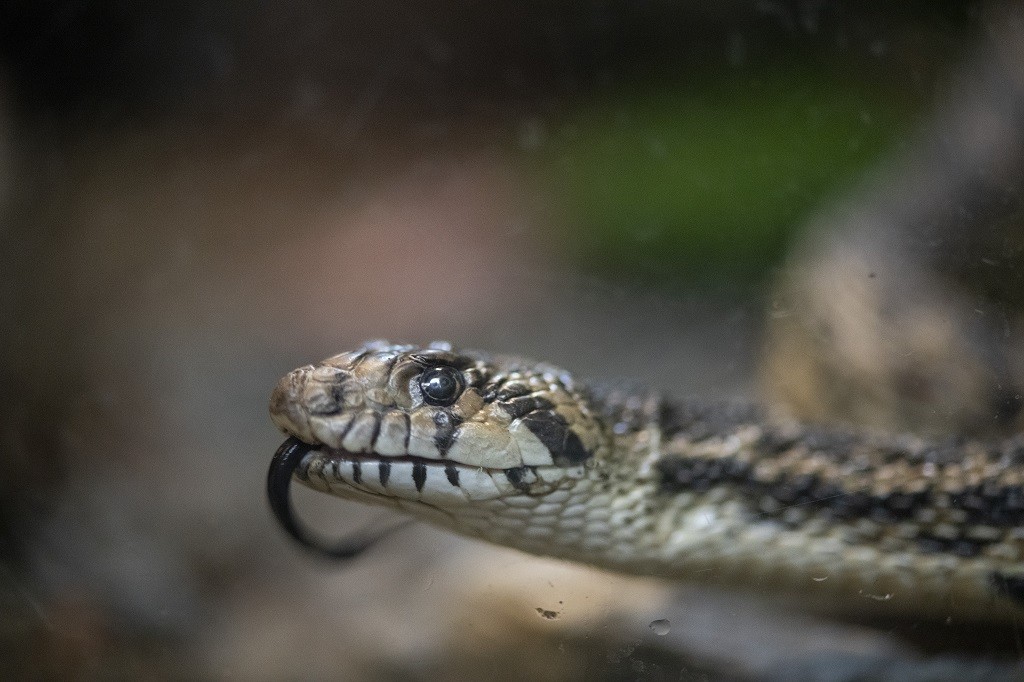
Snake lovers will enjoy Northwest Trek’s slithering Pacific gopher snake, Gopher. Born in 1997, Gopher is 24 years old.
Gopher snakes are beige to light brown, with brown to black blotches covering its body and a dark band across its head. They are good tree climbers that actively search for prey in burrows, dens, and rocks. When alarmed, they coil into an S-shape, hiss loudly and vibrate their tail rapidly on the ground to mimic a rattlesnake. Like all snakes, they help keep ecosystems in balance by preying on rodents.
ROUGH-SKINNED NEWTS
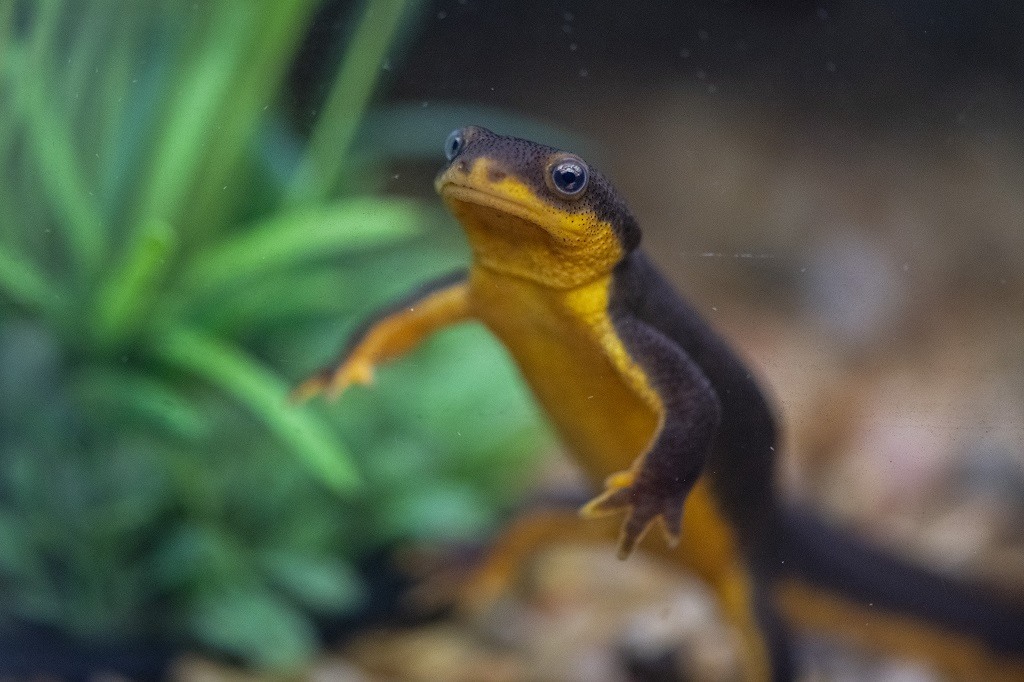
For a creature just four inches long, rough-skinned newts have a lot of personality – and Ricotta and Gnocchi are no exception. Rough-skinned newts are a type of salamander found up and down the west coast of the U.S. and British Columbia.
Eating worms, insects and other invertebrates, they live in moist forests, lakes, ponds and wetlands, their green-brown backs blending perfectly with leaves and water. Their bellies, though, are bright orange from chin to tail – a flashy warning to would-be predators. In fact, when threatened one single newt can produce enough tetrodotoxin (TTX) to kill 25,000 mice. The poison blocks signals between brain and body, causing numbness, dizziness, spasms, paralysis and eventually death.
Keepers give Ricotta and Gnocchi enrichment, like a big water pool full of worms and crickets to hunt.
“They’re really interested by foraging in water, and snap them up quickly,” said Standridge.
HANDS-ON LEARNING
While the animals are fun to watch, there is plenty more to do in the Cheney Discovery Center!
There will be an activity table with games and puzzles, plus the puppet theater and the reading nook. While the center is good for all ages, the activities are best suited for children ages 3-8.
An on-site naturalist or volunteer will be available to answer questions about any of the animals in the wildlife park.